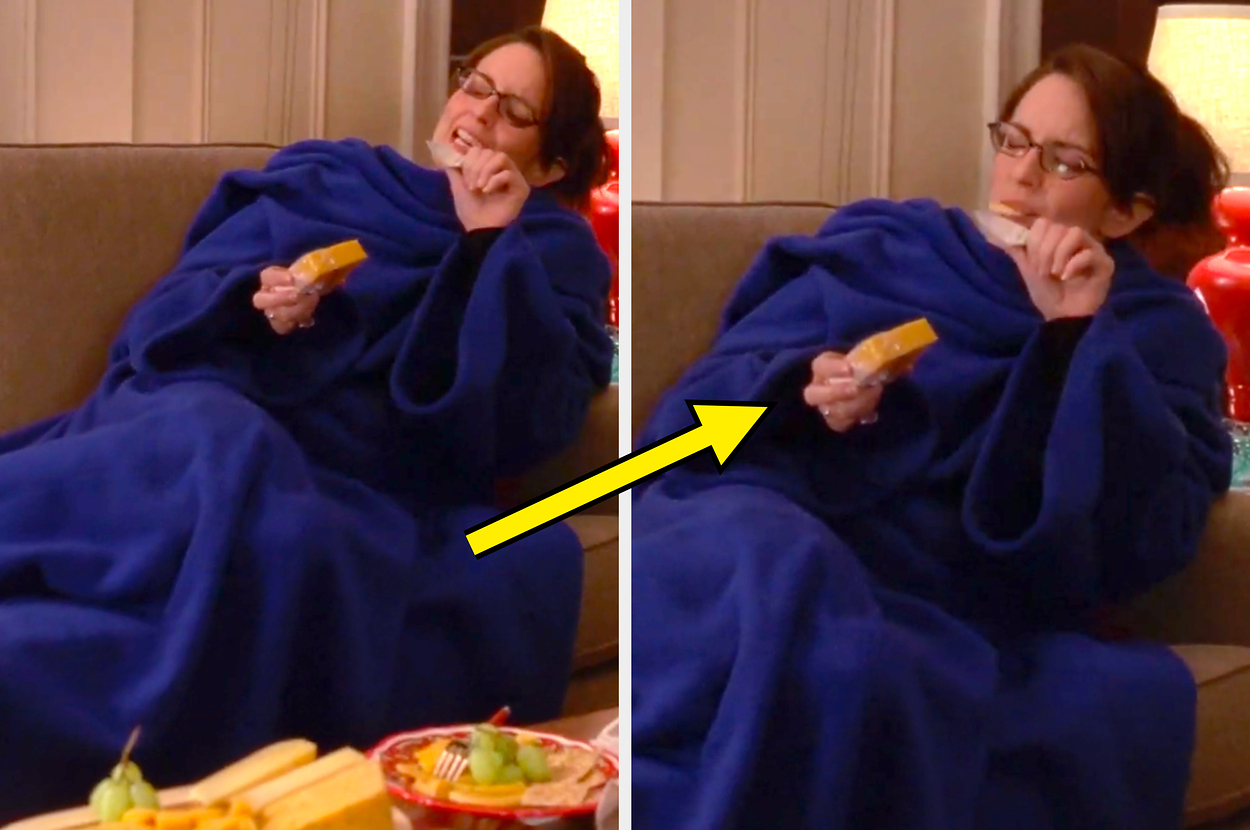Cheese is probably something you always have on hand. But if you’re lax about taking stock of what’s in your fridge, you might notice white or green fuzz growing on it when you reach for it. Mold and cheese have an important relationship that begins long before it hits the store shelves, but it can be tricky for the casual cheese eater to grasp.
Mold plays a role in cheesemaking, but you can’t always see it. And some molds you see are safe to eat, while others are best avoided. “All cheeses are ripened through the actions of various microbes, both invisible and visible, including molds, fungi, yeasts and more,” explained Jamie Png , an American Cheese Society cheese industry professional.
“So if you’re looking for something mold-free, you might find it difficult.” Still, it can be unsettling to see moldy blemishes appear on your cheese, especially if they weren’t there when you bought it. How you handle these instances depends on the type of cheese you’re dealing with.
Food safety and cheese experts explain what you should know about mold and cheese. Why do some cheeses have visible mold? Some cheese varieties naturally have a moldy appearance, explained Mark Johnson , assistant director at the Center for Dairy Research at the University of Wisconsin-Madison. The blue veins in a wedge of gorgonzola or the white rind on a wheel of brie are examples of mold.
Mold is often what helps cheese develop its unique flavor and characteristics. Johnson said eating th.


















